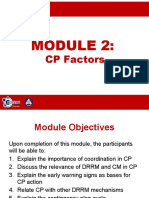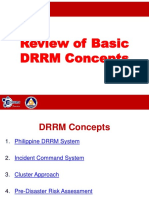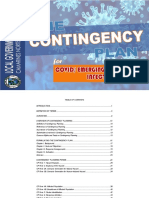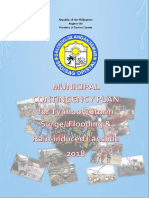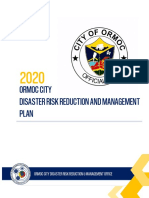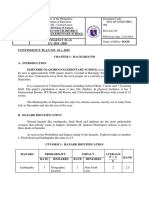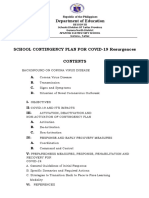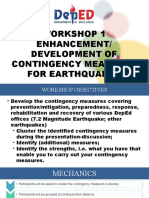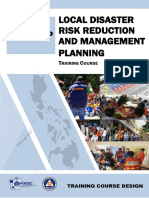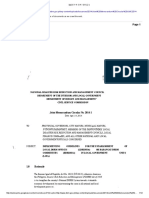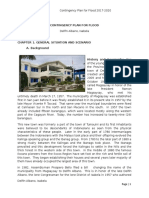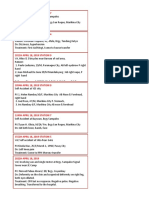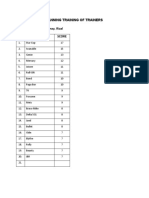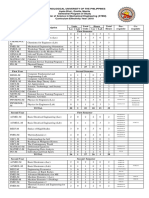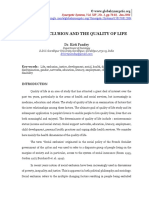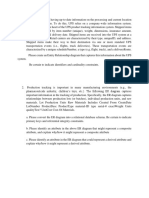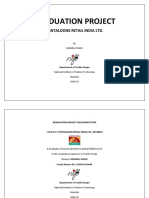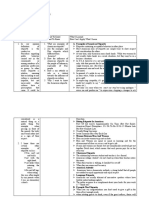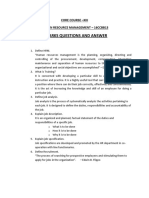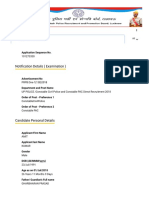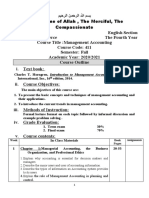100% found this document useful (1 vote)
667 views54 pagesIntroduction To CP: Contingency Planning Training Course
- Conduct CP as a collaborative effort involving stakeholders from different sectors
Contingency Planning Training Course
Uploaded by
Tanay RizalCopyright
© © All Rights Reserved
We take content rights seriously. If you suspect this is your content, claim it here.
Available Formats
Download as PPTX, PDF, TXT or read online on Scribd
100% found this document useful (1 vote)
667 views54 pagesIntroduction To CP: Contingency Planning Training Course
- Conduct CP as a collaborative effort involving stakeholders from different sectors
Contingency Planning Training Course
Uploaded by
Tanay RizalCopyright
© © All Rights Reserved
We take content rights seriously. If you suspect this is your content, claim it here.
Available Formats
Download as PPTX, PDF, TXT or read online on Scribd
/ 54
